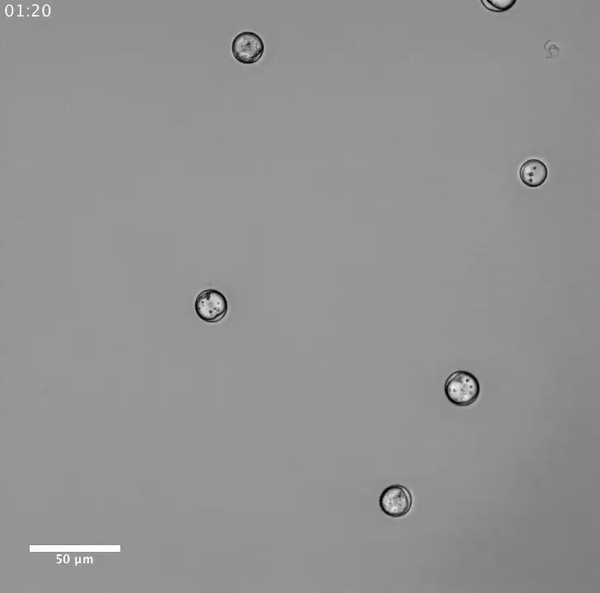
Our current focus is understanding the origins of animal embryogenesis using Ichthyosporea
Why Ichthyosporea ?
All living animals evolved from a common ancestor. Understanding how this ancestor evolved to become the first multicellular animal is crucial to trace our origins.
Phylogenomic analyses have shown that animals are closely related to three lineages of unicellular eukaryotes: Choanoflagellatea, Filasterea and Teretosporea (Ichthyosporea & Corallochytrea) which together represent the closest unicellular relatives of animals.
Each unicellular holozoan lineage uses a distinct developmental mode that includes transient simple multicellular forms. Choanoflagellates undergo colonial clonal development; the Filasterean Capsaspora owczarzaki has an aggregative multicellular stage; and most Ichthyosporeans form multinucleated coenocytes.
In contrast to Choanoflagellates and Filastereans, Ichthyosporeans have received less attention despite their unique cellular & developmental biology.
In our lab, we want to know Ichthyos better.
How do we study Ichthyosporea ?
We employ old developmental methods & develop new ones !
Live-imaging
Experimental evolution
Transcriptomics
Cell synchronization
Comparative genomics
Expansion microscopy
Genetics
Electron microscopy





